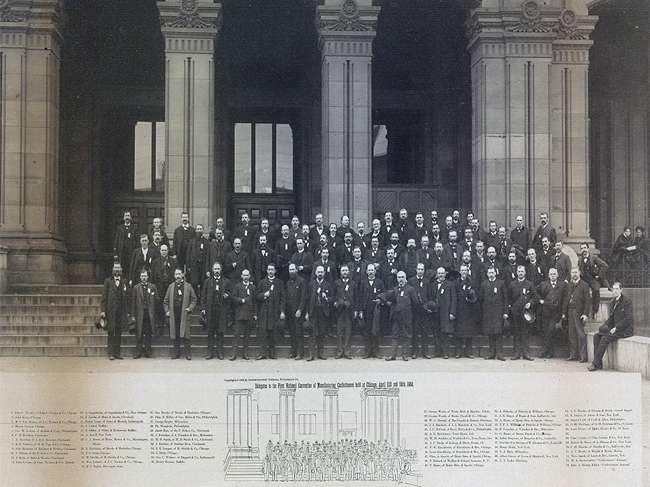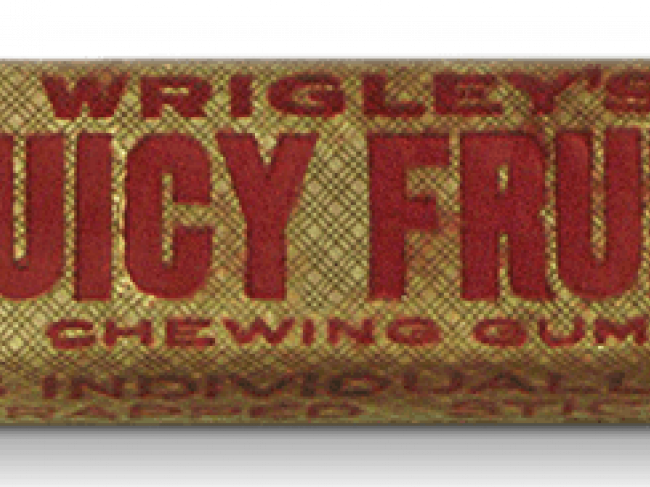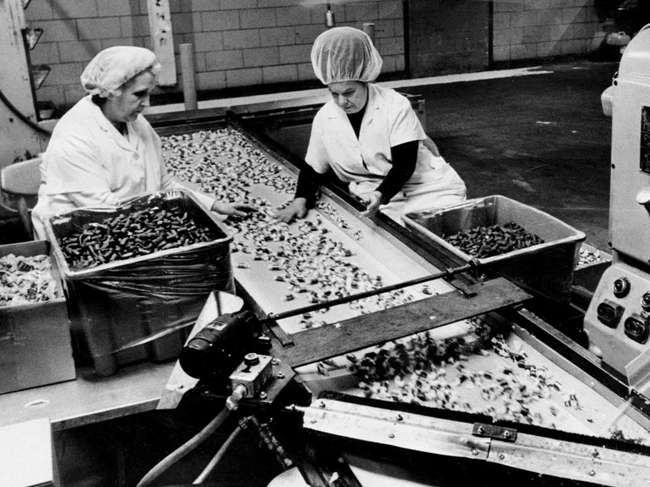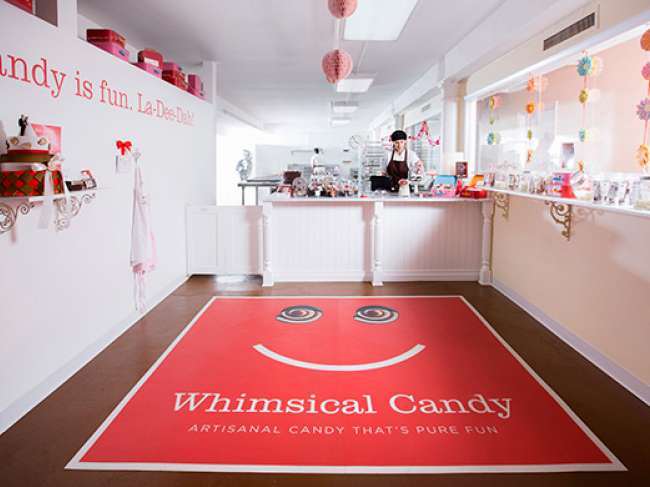Posted 9 years ago in Then and Now by Brittany Tepper
It's no secret that Chicagoans have a sweet tooth; it's in our history. Chicago has been the “candy capital of the world” since the late 1800s. Tootsie Rolls, Brach’s, Frango, Wrigley Gum, Fannie May, and Mars Candy all have roots in Chicago. The Loop, specifically, has a rich history in candy making. Fannie May’s first store was in the Loop's Business District, and Frango mints were produced at Marshall Field's on State Street for 70 years.
While Mars and Tootsie Roll still have confectioneries in Chicago, it is the city's passion for sweet treats that has kept our title strong. To celebrate National Candy Month we are exploring the past and present of candy making in Chicago.
Timeline of Candy Production in Chicago
1884
The National Confectioners Association was formed in Chicago. The organization originally represented 69 candy companies and helped advance candy making standards in the United States. Today, it is one of the oldest and well respected trade associations in the world. The organization still holds its Sweets and Snacks Expo in Chicago, which draws candy makers from around the world.
Photo: The National Confectioners Association's first annual meeting at the Palmer House in 1884 (Photo: NCA).


1893
Photo: The original package of Juicy Fruit Gum (1905). The package design has only changed 7 times over the past 100 years (Photo: Juicy Fruit).
The World's Columbian Exposition was held in Chicago. Many of today's biggest brands were introduced including Juicy Fruit Gum. William Wrigley Jr., creator of Wrigley Gum, originally sold baking powder in Chicago. He started giving customers gum as an incentive for their purchase, but when his gum became more popular than the baking powder he switched businesses. Today, Wrigley Gum is one of the most popular brands of gum in the United States.
1904
Emil Brach opened his first store, "Palace of Sweets" with one large cooking vat. By 1923, he had four candy factories operating at capacity.
1920
H. Teller Archibald opens the first Fannie May store at 11 N. LaSalle St. in the Business District of the Chicago Loop. By 1935, there were nearly four dozen shops in Illinois and several neighboring states. Today, Fannie May is still a Chicago candy staple.
Photo: The first Fannie May store was at 11 N. LaSalle St. in the Chicago Loop (Photo: Fannie May).


1929
Frank C. Mars moved Mars Candy Factory from Minnesota to Chicago, IL. Chicago's central location and access to railroads opened new doors for Mars Candy. In 1930, the company introduced one of its most popular products, Snickers. Today, the factory is still located in Chicago and has acquired other famous candy products.
Photo: The original Snickers candy bar introduced in 1930 (Photo: Mars Candy).
1929
Frango Mints introduced its recipe. The mints were produced in a large melting pot on the 13th floor of Marshall Field's on State St. Today, a small batch of Frango Mints are made at Macy's on State St., the former location of Marshall Field's, to commemorate the store's history.
1966
Sweet Corp. changed its name to Tootsie Roll Industries. The new Tootsie Roll Industries opened in Chicago and is still operating there today.
Photo: A look at the Tootsie Roll factory in the 1960's. (Photo: Chicago Tribune).


2013
Photo: Whimsical Candy, located 175 North Franklin, a former DeMet's Candy Company Factory (Photo: Whimsical Candy).
Whimsical Candy, located 175 North Franklin, opened in the Loop. The shop makes artisanal candy right inside the store. Their famous La-Dee-Dah has received national attention.
